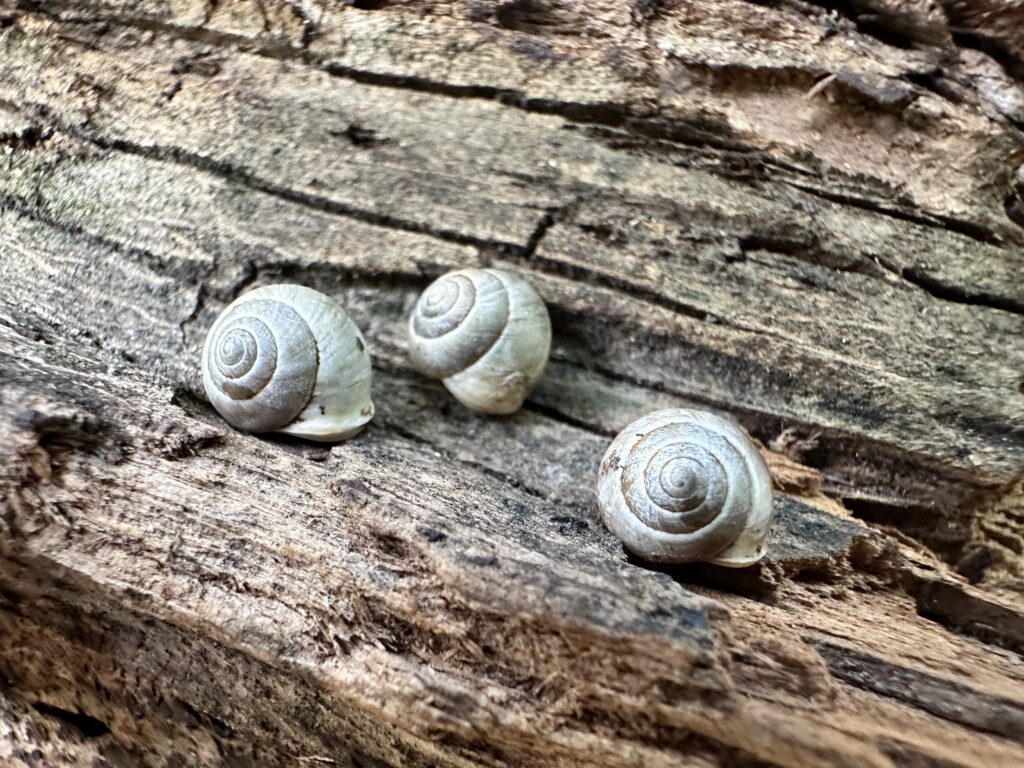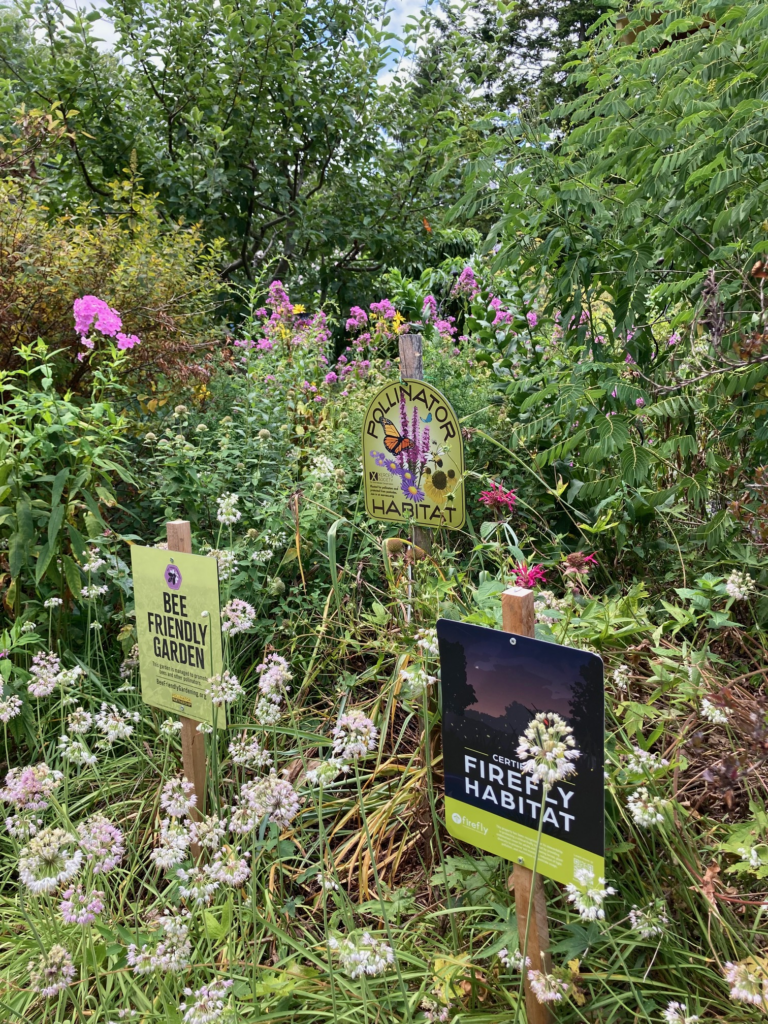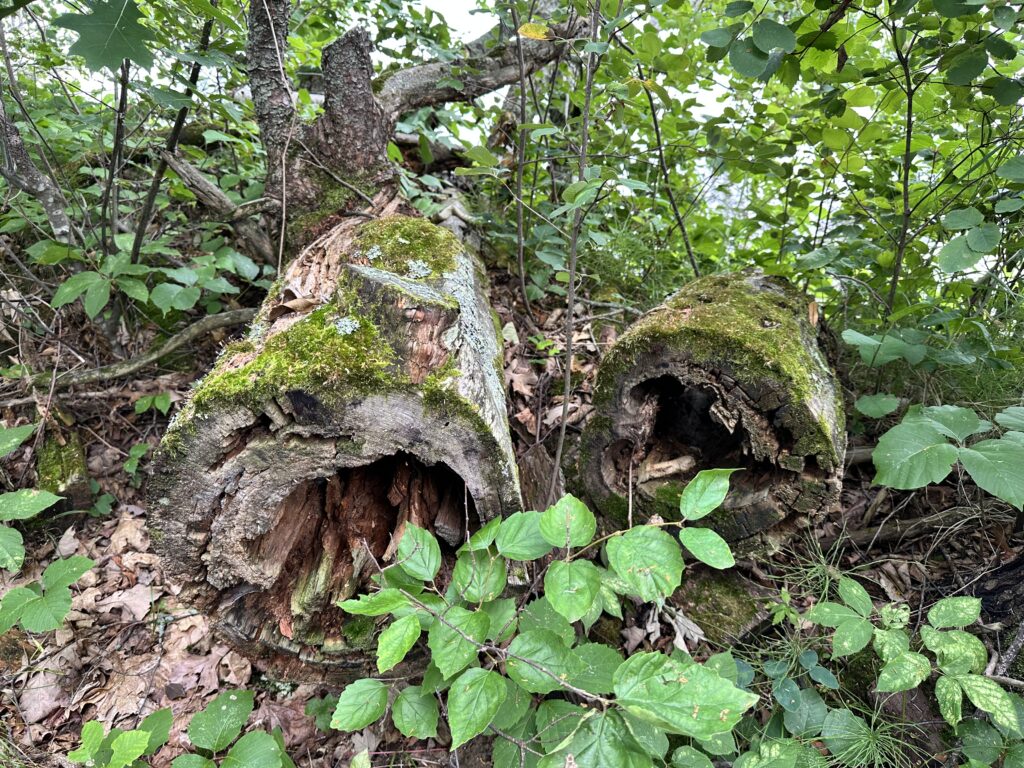How to Build Firefly Habitat
Fireflies are found in various habitats. Many species thrive along rivers, forests, fields and the margins between them. The one thing that is universal is the presence of some amount of moisture in those habitats, even if it’s a small depression that holds water during firefly mating season.
Because of this, it’s important to protect the vegetation in these habitats because they have the best ability to trap water in the soil by collecting, storing, and slowly releasing it. Grasses have extensive root systems that do a remarkable job of this. As the plant grows high above the ground, its roots can extend 3-4 times below that in the soil. This helps stabilize the soil, retain moisture more effectively and provide habitat for subterranean firefly larvae and the food they eat – snails, earthworms, slugs and other small insects.

Encourage plant diversity to preserve soil moisture
Native plants found in your local area will do the best job for providing this habitat. In many ways, firefly species diversity is directly connected to a habitat’s plant diversity and health. It’s critical to protect this diversity.
In your habitat, try to do the following:
- Plant native plants to encourage retention of water in your soil. Start with grasses, forbs, leafy shrubs, and hardwood species. Excellent firefly habitat will have a diversity of vegetation of different heights and texture and will have a scruffy appearance. Consider, talking to local plant experts to advise you on what native plants are common in your area. Often naturalist groups or county agriculture agents will be more than happy to help you.
- Avoid shredding or mowing vegetation along riparian areas on either side of a river, creek, marsh, or seasonal wet area. This promotes healthy riparian plants that protect banks and beds from excessive erosion.
- Eliminate invasive species of plants that create monocultures of a single type of plant. These invasives could compete with native plant species better adapted to the climate of your area that harbor firefly diversity. If you have land with a water source, invasive plants’ may also not be able to prevent bank erosion from seasonal flooding events.
- Encourage leaf litter to accumulate. Keep in mind that manicured gardens with heavy mulch layers are poor firefly habitat. While heavy mulch layers prevent weeds, they also prevent rainfall and nutrients from reaching the soil effectively. They also prevent firefly females from laying eggs directly in the soil and gets in the way of larvae accessing snails, earthworms, and other insects for food.
Create a garden to attract fireflies
Gardeners often don’t realize gardens make for great firefly habitat, helping to replace lost natural habitat. The common firefly — the Big Dipper firefly (Photinus pyralis) — readily takes to an organic habitat. The trick is to make your garden as inviting as possible for fireflies to take up residence.
Gardens are meccas for food fireflies eat. If you have fought off snails, slugs, various insects, worms then fireflies can lend a hand by helping to control these pests.

Fireflies spend up to 95% of their lives in larval stages. They live in soil/mud/leaf litter and spend from 1-2 years growing until finally pupating to become adults. This entire time they eat anything they can find. As adults, they only live 2-4 weeks. Females that have mated successfully need a place to lay eggs. They will lay eggs in many spots, but gardens offer an oasis with a source of soil moisture good for larval development.
Some inventive tips for attracting fireflies
Create bag compost
Don’t rake leaves and put them on the curb. You are raking up firefly larvae and throwing them away. This method involves enriching your soil with existing material.
- Collect bags of leaves to make “Bag Compost”. Collect 5-15 bags.
- Wet bags down in a shady lawn area. Keep moist/wet for 3-6 months or up to a year.
- Bags will attract snails/slugs. This is food for growing fireflies.
- In Spring, put bag compost in your garden. Put it in mounds and till it into your soil.
- Repeat each year. It might take as long as 5 years, or as quick as that same year, to get fireflies in your garden.
Install a few rotting logs
Dead wood and decaying logs are often found in the habitats that firefly live such as the vegetation that occurs next to a river or stream. These logs naturally fall from trees next to the waterway but also get washed down stream in seasonal floods.

The decaying logs provide numerous benefits for fireflies. Females tend to prefer these areas because it provides a damp place to hide during the day and an easy perch to see males in the evening. After she has mated she can go underneath the logs and lay eggs in the damp soil and leaf litter underneath them. Depending on the genus of fireflies, most firefly larvae are subterranean in the soil or live in the leaf litter just above it.
The rotting logs attract snails and earthworms because it provides a damp habitat for them. Since they are herbivores, the logs harbor a community of food they prefer to eat such as plants, decaying organic matter and even other snails. The logs additionally work to enrich the soil by slowing breaking down and provides numerous benefits to both predator (firefly larvae) and prey (snails and earthworms).
An added advantage to installing rotting logs or wood piles in your habitat is that they can be an attractive addition especially if given enough time for bright green moss to grow on them. They also take up little space and invite other creatures into your garden such as song birds and other beneficial insects.
Other ways to help attract fireflies:
- Assess your soil health.
- If you have poor soil, introduce nutrients such as bag compost, leaves, and organic matter.
- Till your soil or use a no-till technique such as using a broadfork to open soils. This is especially important if working in a native area to avoid disruption of habitat. Tilling or using a broadfork to loosen soil adds some aeration and prevents soil from compacting.
- Avoid use of broad spectrum pesticides, especially lawn chemicals.
- Turn off outside lights and advocate for local “Dark Skies” policies to control light pollution.
- Buy land to protect species.
- Let log and leaf litter accumulate. Segment an area of your land/yard to remain in a natural state.